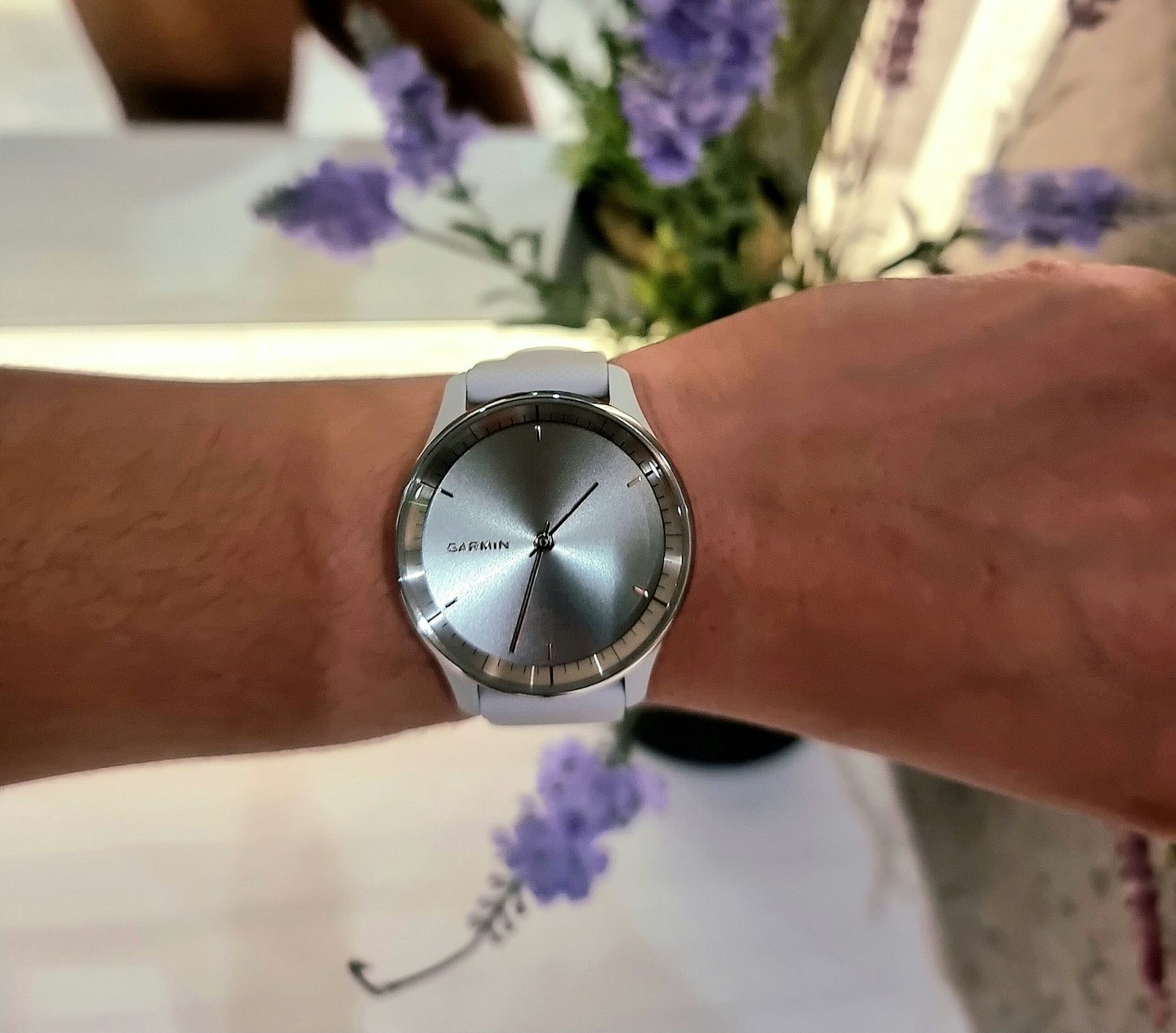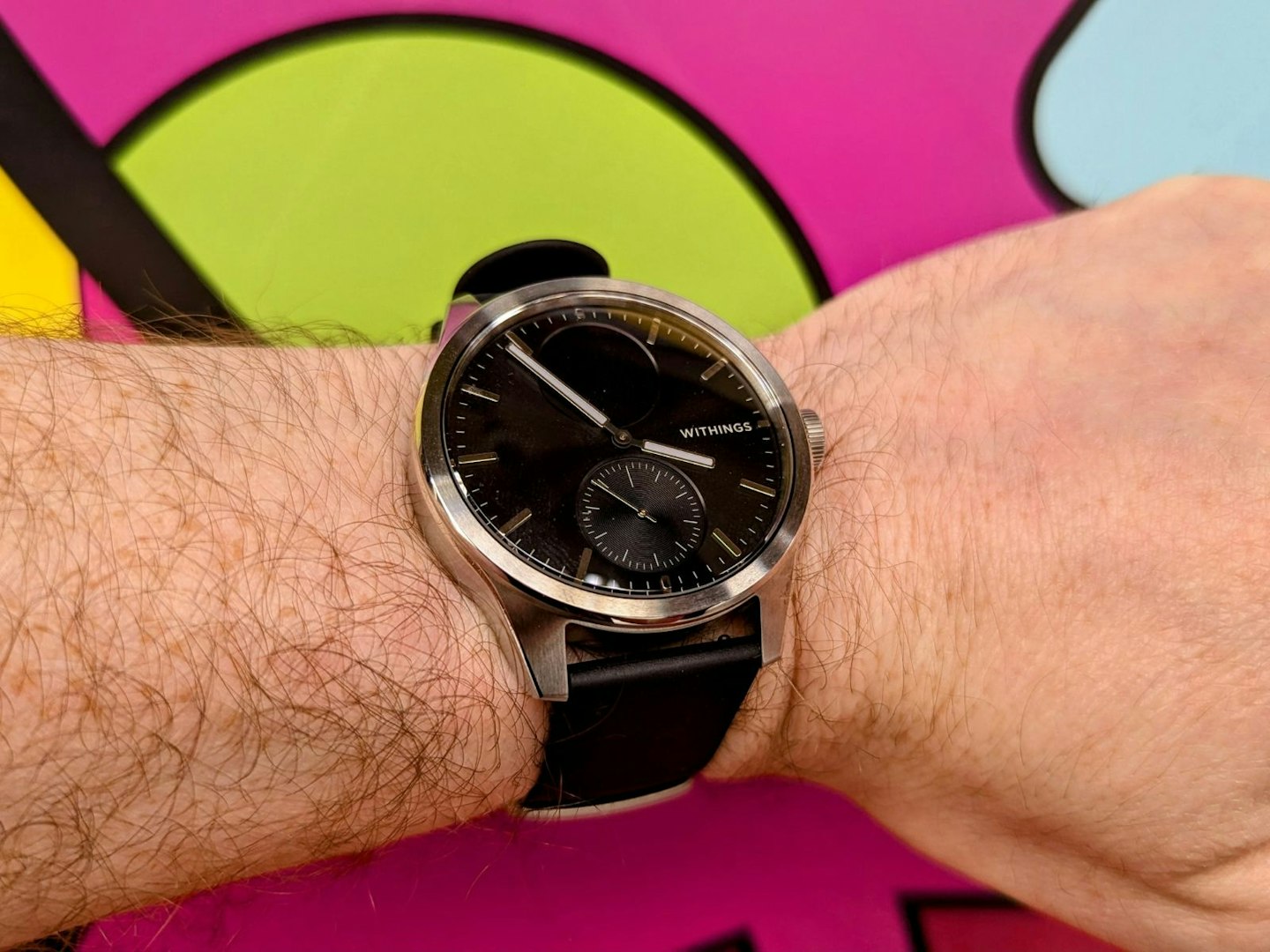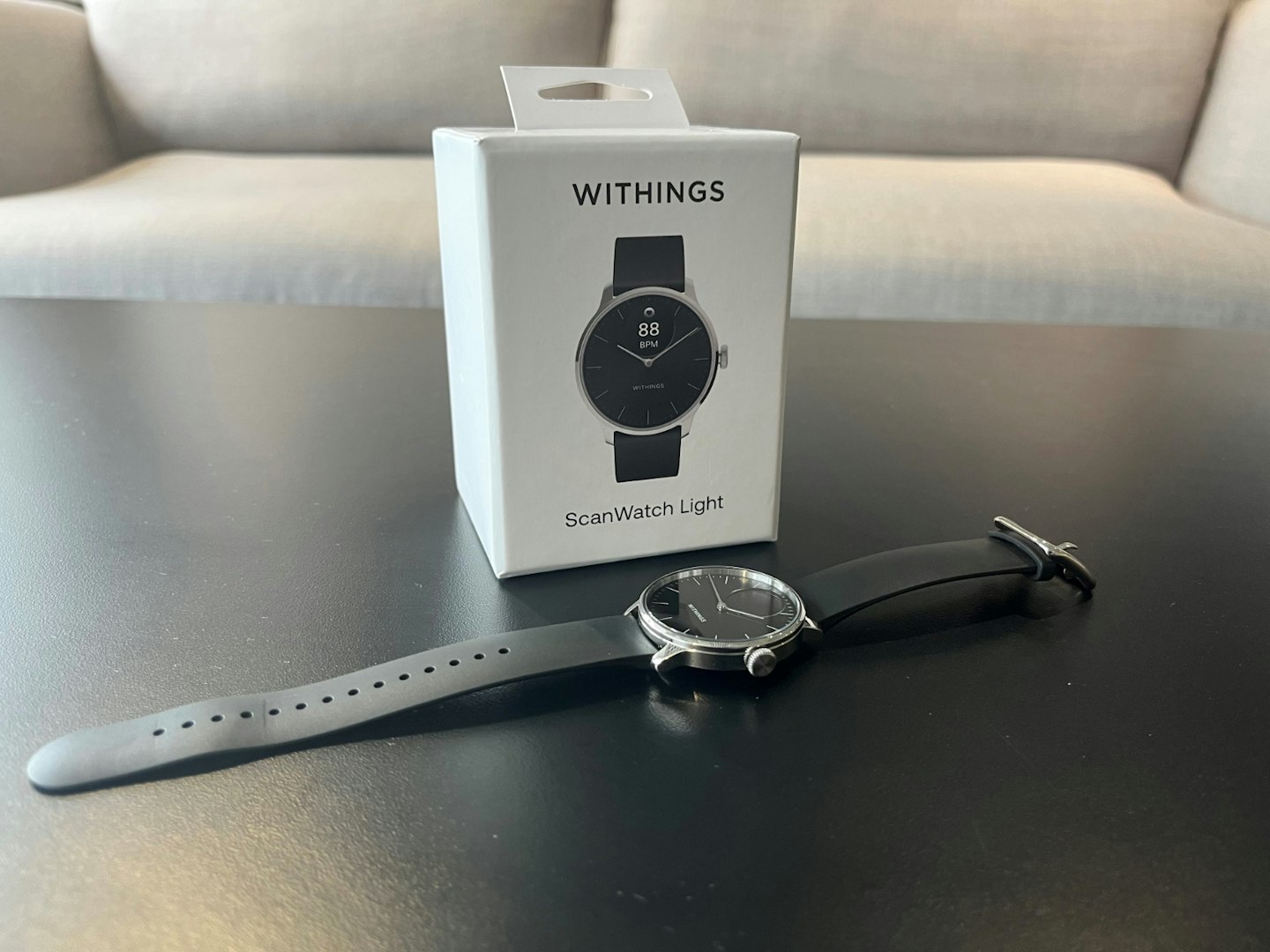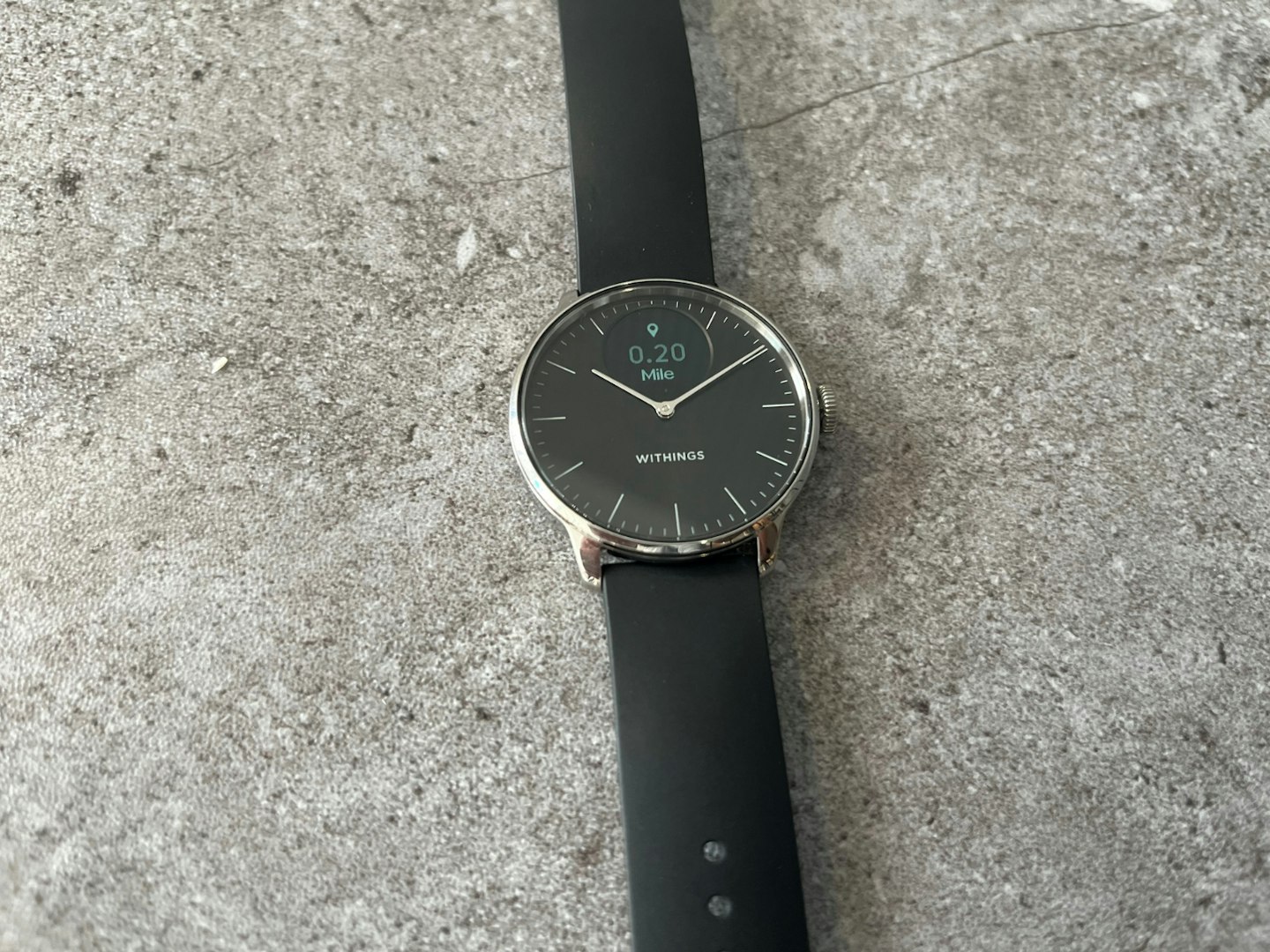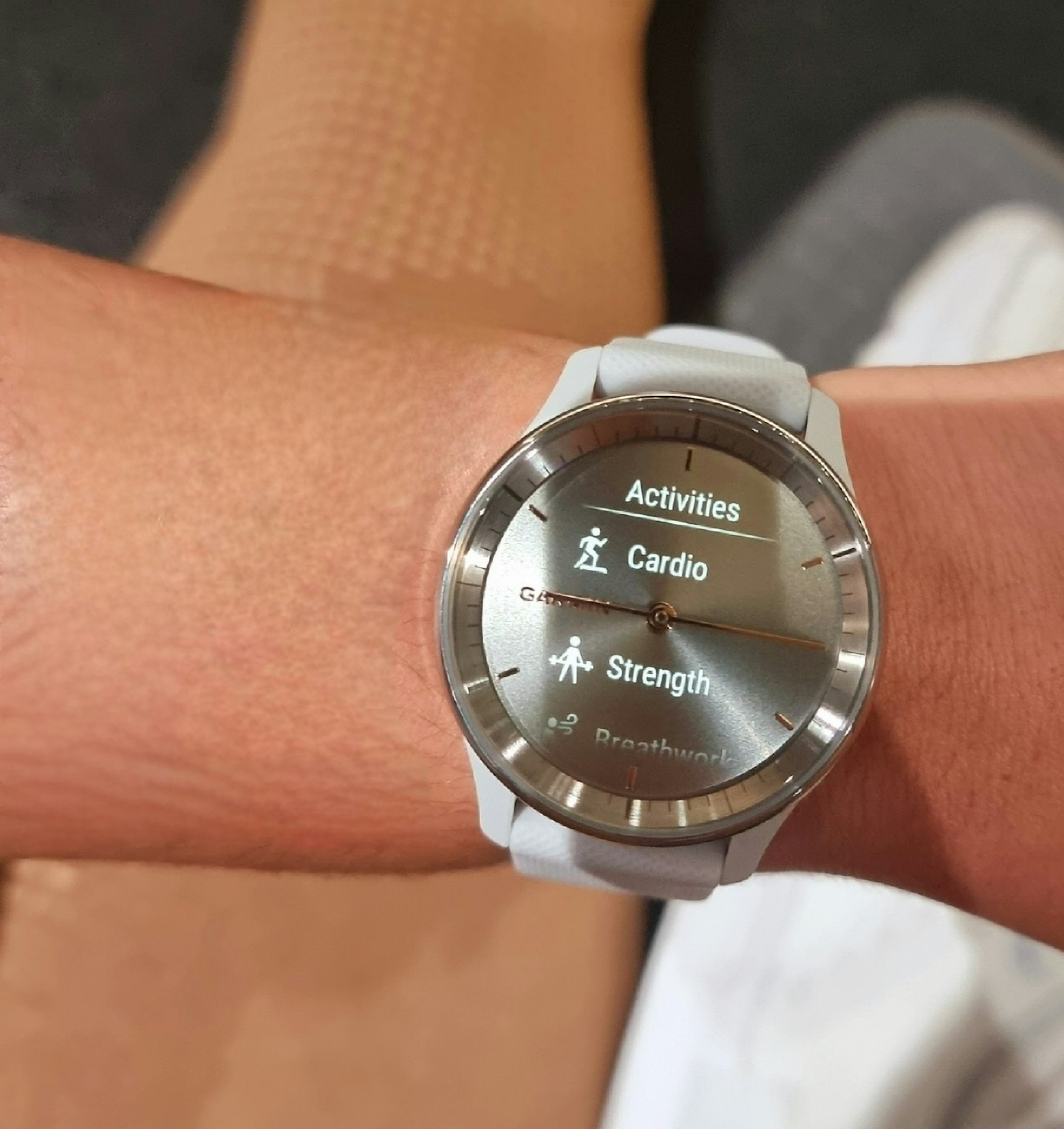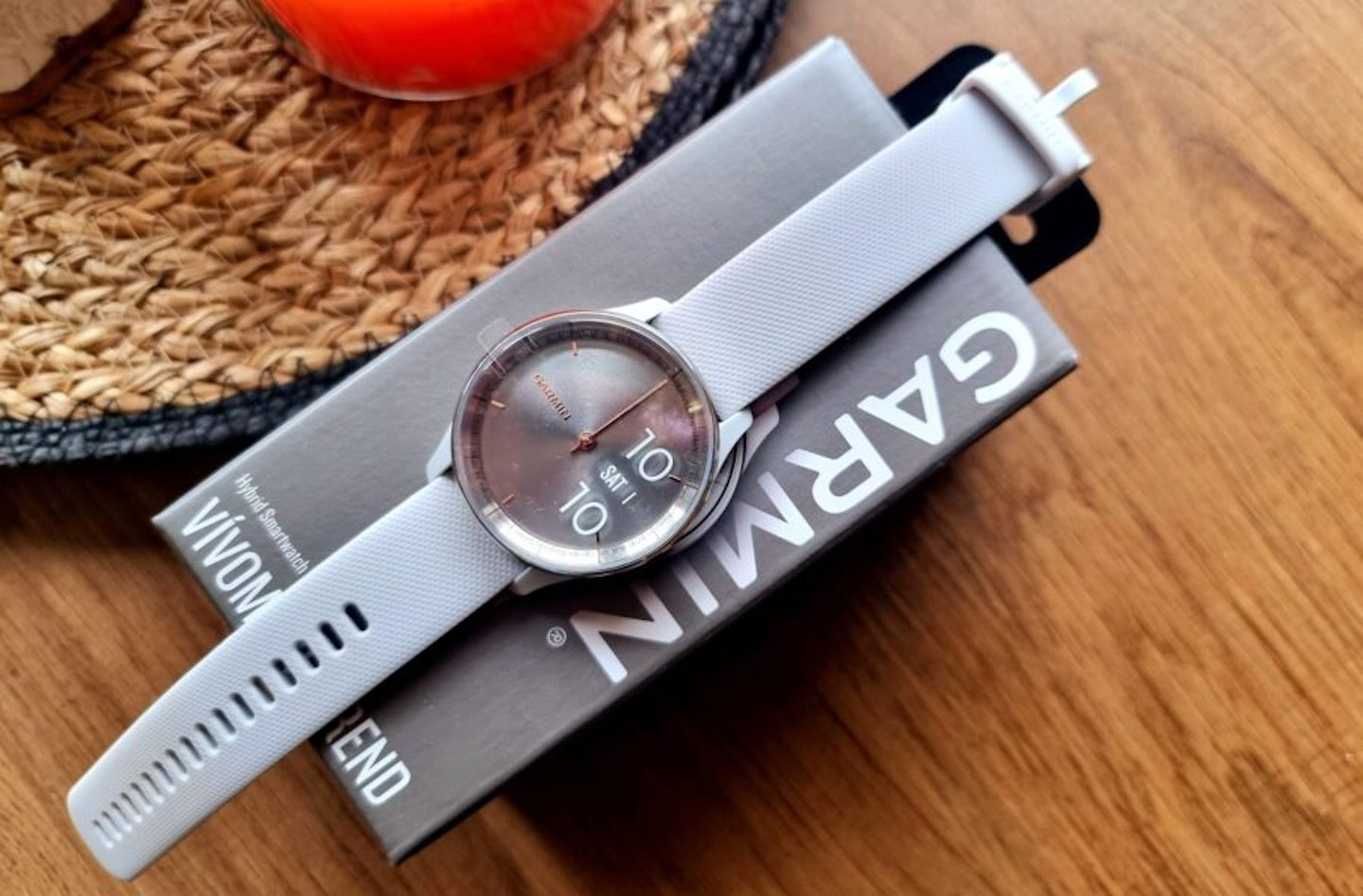The ever-growing wearables market typically sees people weighing up whether fitness trackers or smartwatches are the better option. There's also a third way. Hybrid smartwatches are a relatively small slice of the wearable pie. But they are growing in popularity, as an increasing number of brands develop their own versions of these devices.
So, what exactly is a hybrid smartwatch? Why do these devices fill a niche of their own, and who might these devices appeal to? While we wouldn't say they are right for everyone, for some, they just might be the perfect timepiece.
What is a hybrid smartwatch?
Imagine a device with the smarts of a fitness tracker, but the traditional style and elegance of a traditional analogue timepiece, and you're basically there. A hybrid smartwatch looks very much like a conventional watch, with physical hands, rather than a fully digital display. Some do have a small digital face that resembles a watch complication. To the untrained eye, it's easy to confuse one of these with a classic watch.
Under the surface though, there's a lot more going on. Hybrid smartwatches have grown increasingly sophisticated over the years, and many of them now offer most – if not all – the features you'd expect to find in the best fitness trackers. They also offer a few smartwatch features. But as we'll see, there are a few differences between a hybrid smartwatch and their "pure" smartwatch competitors.
How does a hybrid smartwatch differ from a "normal" smartwatch?
Now, we've just said that a hybrid device has a few smartwatch features. But there are also significant differences, some more apparent than others.
Design
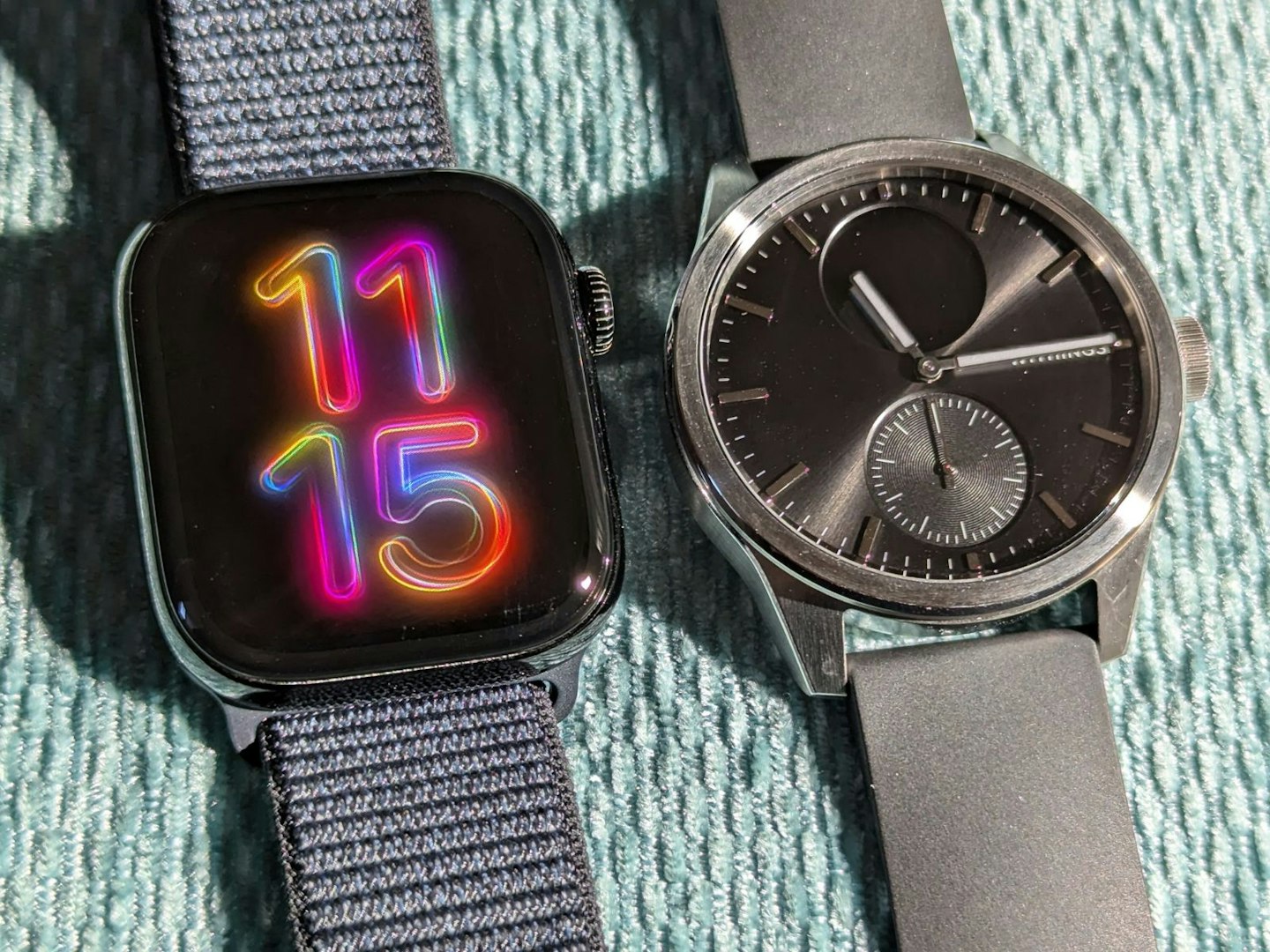
Most obvious is how they look. As we've already discussed, a hybrid smartwatch typically has a traditional watch face with real hour and minute hands, compared to the fully digital display of a smartwatch. A lot of (though not all) modern smartwatches also shy away from the circular face of a traditional watch.
The most famous example (and copied by plenty of competitors) is the Apple Watch Series, with what is sometimes described as a "squircle" - a square with rounded corners. Other brands have retained the circular shape of a traditional watch, but features such as buttons instead of a crown are an obvious sign of a smartwatch.
Features
Hybrid smartwatches share plenty of the health and fitness tracking features we'd expect to find on a normal smartwatch. But there's a big difference in how smart the two devices are. A typical smartwatch will offer features such as the ability to make and receive calls on your watch. They'll have a wide range of apps you can install, and often you'll be able to download other content such as music or audiobooks. Many also offer contactless payments.
A hybrid smartwatch is significantly more limited in this respect. Sure, you'll receive notifications about calls and messages, but you'll usually need your phone to respond to them. You can't download extra apps, either. And generally, while a "true" smartwatch lets you customise the watch face, on a hybrid device you're stuck with just the one.
Battery life
Battery life is another area where there tends to be a big difference. A fully-fledged smartwatch such as the Apple Watch Series 10 or Google Pixel Watch 3 will struggle to last more than a day between charges. You might get a couple of days from some devices, but generally, you'll be topping them up regularly. Some devices, such as the best Garmin watches, do have far better battery performance than this. But, like a hybrid smartwatch, they offer a relatively limited set of smart features.
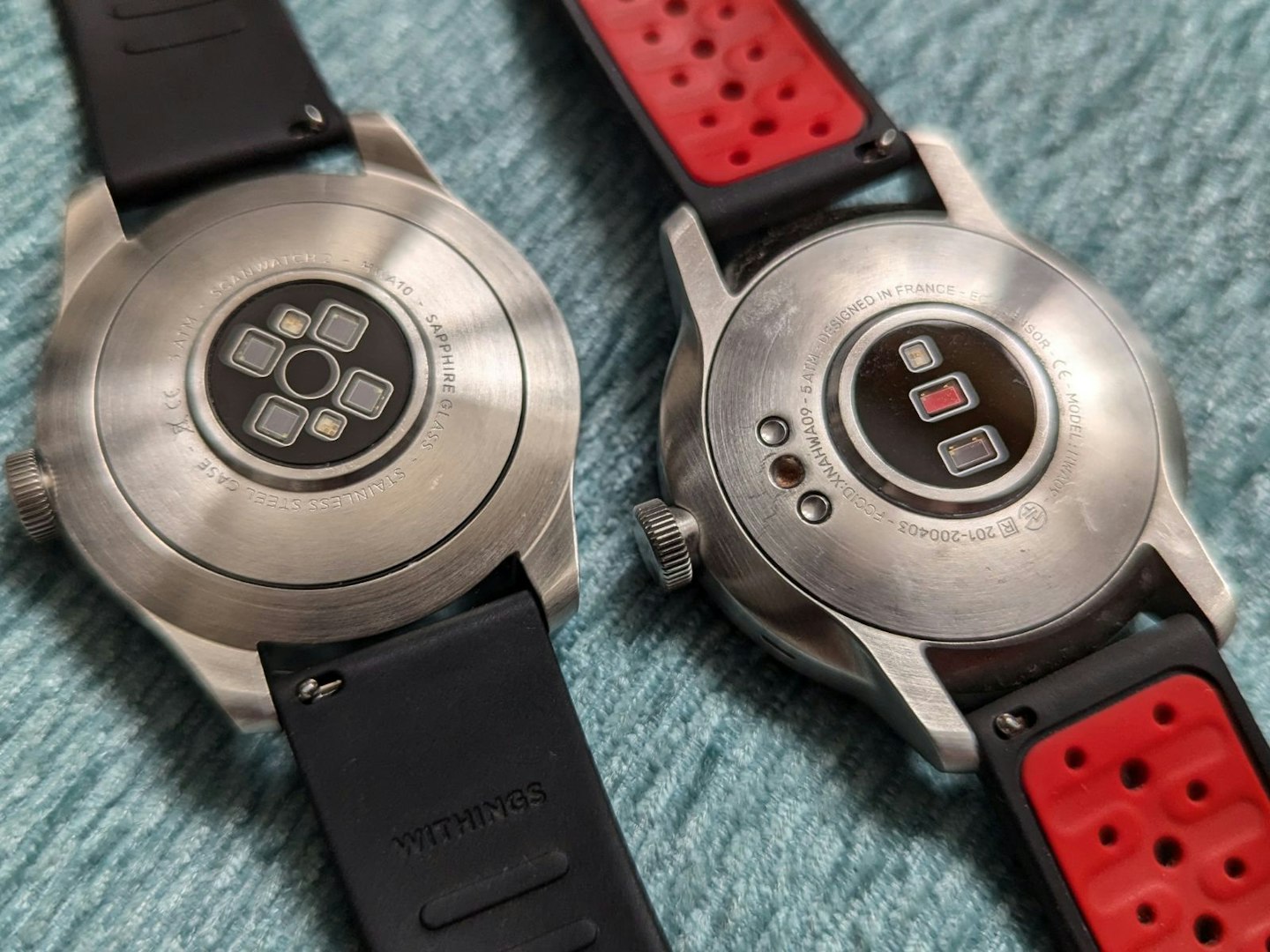
Hybrid smartwatches tend to have considerably better battery life than a true smartwatch. A Withings ScanWatch 2, for example, can last for around 30 days between charges. If you want a device that won't cause any anxiety around battery life, a hybrid certainly has the edge. Even when it warns you that the watch is running low on juice, chances are you'll be able to last another day or two before it dies.
What are the benefits of a hybrid smartwatch?
While there are plenty of benefits to a hybrid smartwatch, we'll focus on a few of what we consider the biggest advantages.
Fewer distractions
In our always-on digital world, the number of devices vying for our attention is huge. A normal smartwatch is just adding yet another device to that list. Whether it's buzzing to tell you you've got a message, or a phone call, or an email, or the latest news headlines, or that it's about to start raining...the list is long.
And while the constant buzz on your wrist is fine for many, there are those of us who would appreciate it if our watch wasn't yet another blight on our already diminished levels of concentration. At the same time, we still want to benefit from some of the features that make fitness trackers so useful. Speaking of which...
Lots of health and fitness tracking features
Hybrid smartwatches aren't as feature rich as some of the best dedicated multi sports watches, such as the Polar Vantage V3, or the Garmin Forerunner 255. But they still offer plenty of health and fitness tracking features which, for many, will be more than enough.
Any hybrid smartwatch worth a second look will cover the basics. These include step and calorie counting, heart rate, blood oxygen and sleep tracking, and activity tracking for a variety of popular types of exercise. Basically, if it's on a halfway decent fitness tracker, you should probably expect to find it on a good hybrid smartwatch as well.
Some models even try to innovate beyond the basics. The ScanWatch 2, for instance, features all-day temperature tracking, which the company says is a world first. For comparison, most devices that track body temperature only do so at night.
These devices won't be as comprehensive as other sports watches. But if your priority is health and wellness over, say, smashing your personal best at your next 10K race, a hybrid smartwatch could have everything you need.
Beautiful looks
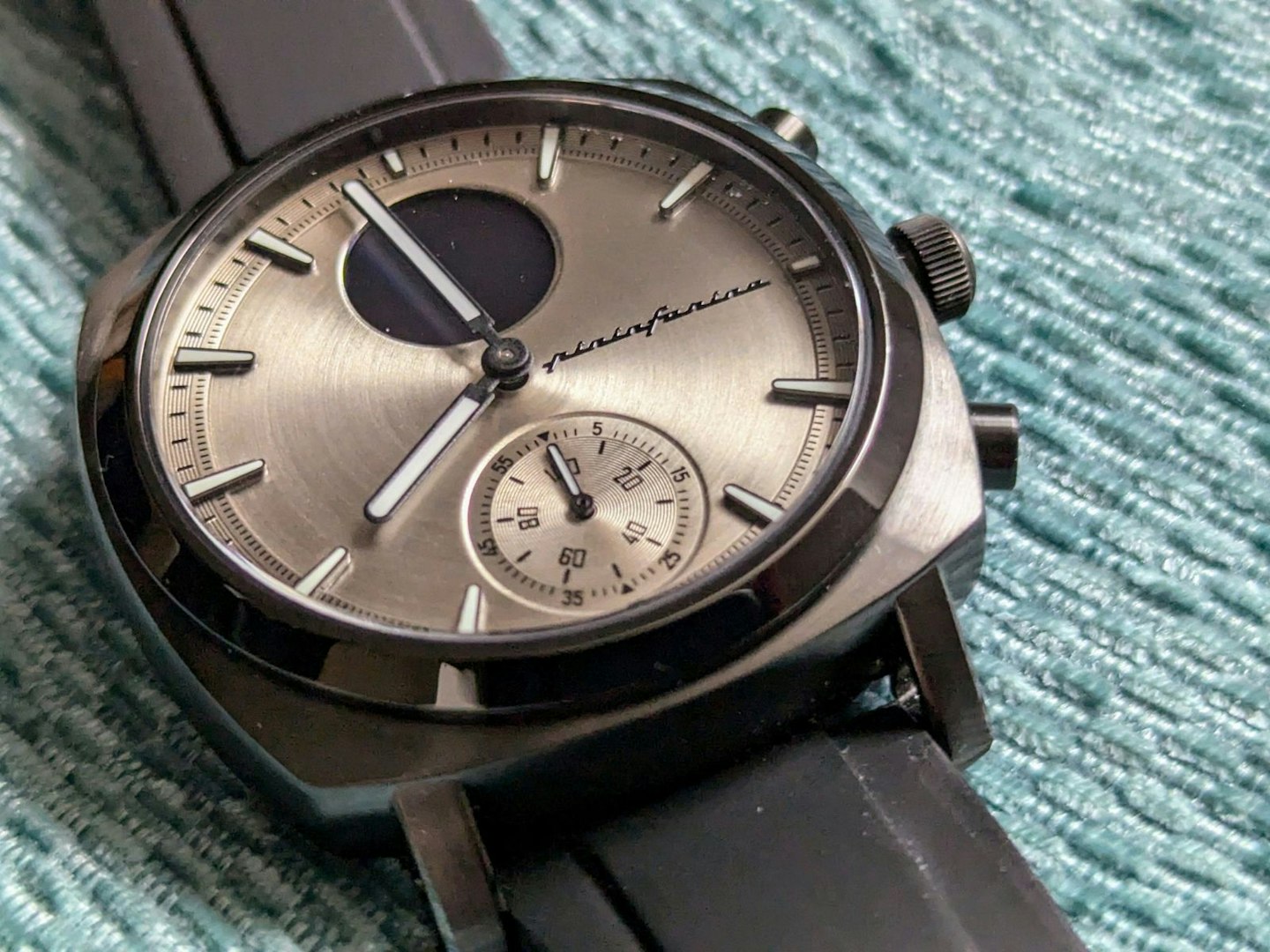
The best smartwatches can be beautiful devices, but there's something special about a traditional watch that is hard to replicate. Hybrid smartwatches offer you the best of both worlds – many of the smarts of a smartwatch, plus the beautiful aesthetics of an analogue timepiece.
The Pininfarina Senso Sport, for example, is a gorgeous watch, regardless of the other features it offers. These are devices that you could wear for almost any occasion, and they wouldn't look out of place. Of course, beauty is in the eye of the beholder. But if your preference is for elegance and classic design, a hybrid smartwatch is closer to that than any more conventional smartwatch.
What are the drawbacks of a hybrid smartwatch?
While there is plenty to like about hybrid smartwatches, they do come with a few drawbacks as well:
The screen
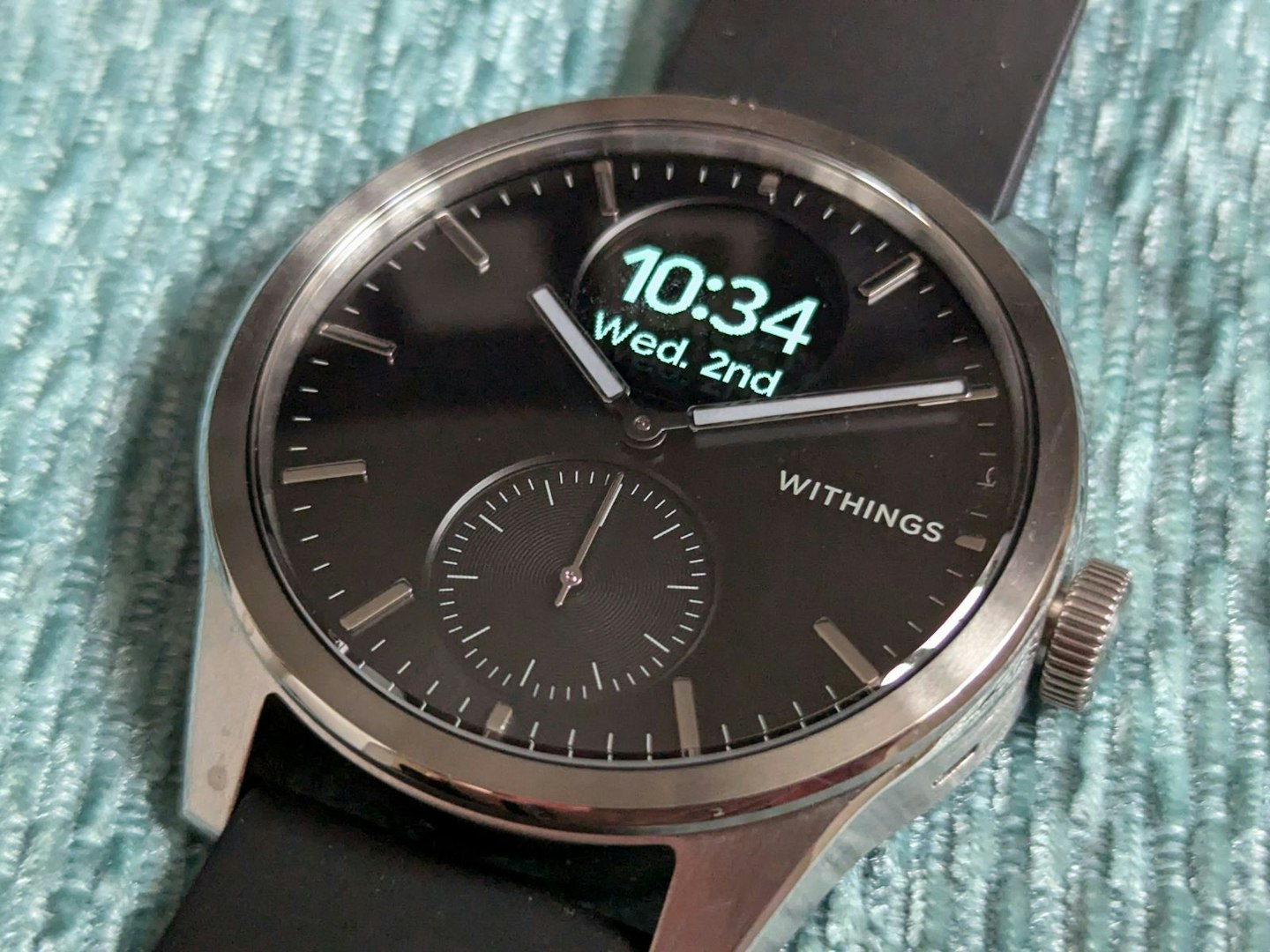
We've already mentioned these devices aren't designed to be used like a normal smartwatch. But hybrid devices do usually have a display of some kind. Often, it will be a small circle made to be as unobtrusive as possible. The problem with this is that it makes reading anything on the screen much harder than it is on a fully digital display. Reading a long text message for example, won't be easy.
Fewer smart functions and fitness features
We've already highlighted this, but hybrid smartwatches don't offer as many functions and features as the best smartwatches. Some smartwatches can make use of a SIM of their own, so you can make and receive calls without your phone. This isn't an option with a hybrid watch. Similarly, apps, games, and many other tools aren't available either.
It's also true of their health and fitness tracking features. While they do offer plenty, it still isn't much more than you'd expect to find in a good fitness tracker, such as the Fitbit Charge 6. More advanced devices from the likes of Garmin and Polar offer far greater training and recovery insights. If you want depth in your fitness tracking, hybrid watches probably aren't your best choice. Their design does also mean they aren't necessarily optimised for exercise.
Can be quite pricey
Following on from our point about their relative lack of features, you do pay a premium for their design. A Withings ScanWatch 2 has an RRP of over £300, putting it in a comparable price range to a Samsung Galaxy Watch 7, or even an Apple Watch. They are also considerably more expensive than a more conventional fitness tracker – the Charge 6, for example, is typically on sale for under £130, and offers similar functionality.
So, is a hybrid smartwatch worth it?
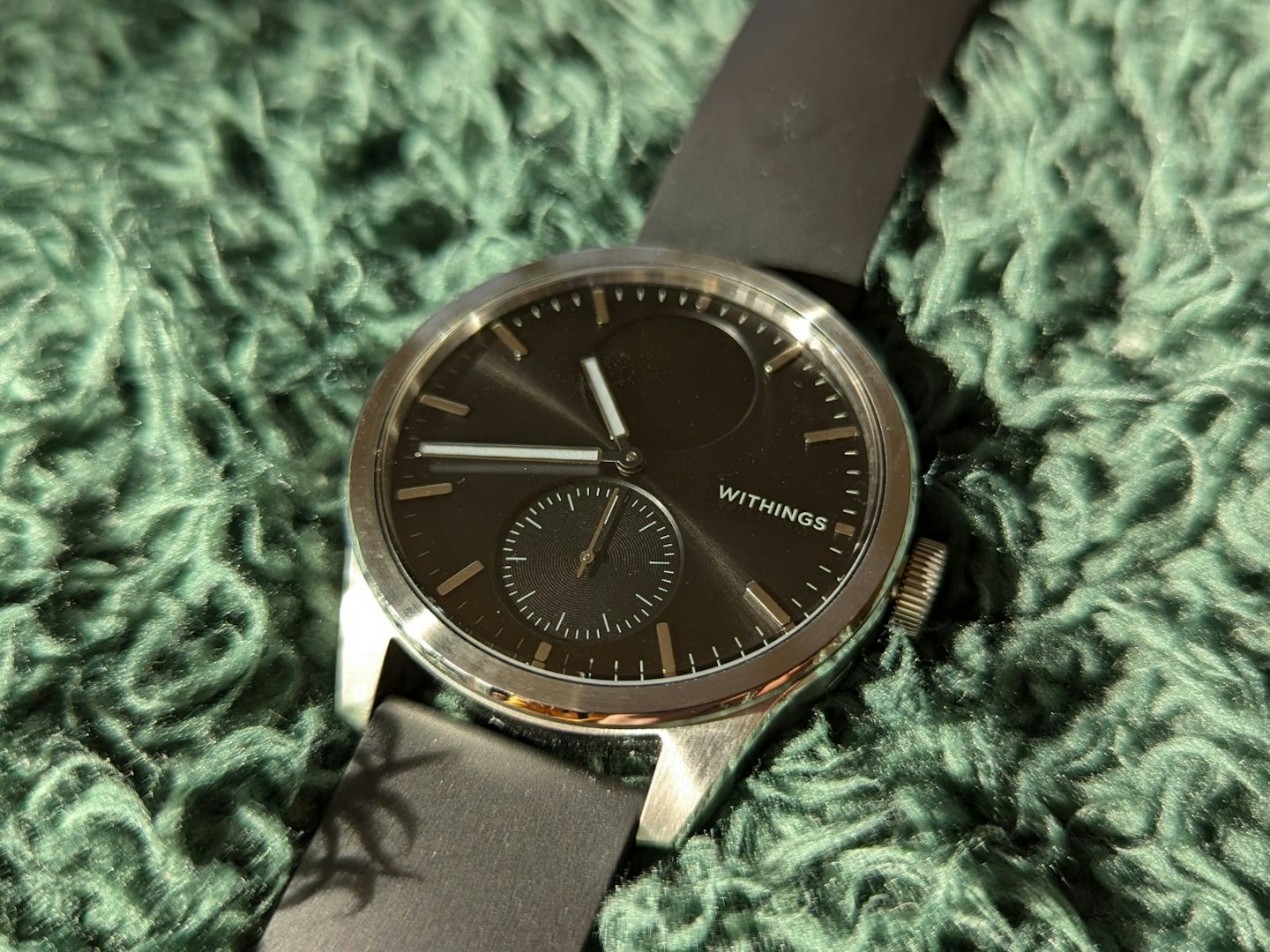
The answer really depends on what you want from your wristwear. If you want an all-singing, all-dancing smartwatch that can essentially replicate all the functionality of your smartphone, then a hybrid smartwatch won't cut it. Similarly, if you're a fitness obsessed athlete who loves analysing every possible training metric, hybrid watches typically won't have enough depth for you.
On the other hand, if you want a stylish timepiece that can still offer some core smart functions, such as notifications and alarms, or if you want to keep an eye on some of your key health and fitness measurements without going too deep? A hybrid smartwatch could be ideal. Superior battery life and classic design mean these give you more than a normal watch, without fully embracing smartwatch technology, and all their accompanying distractions.
What's the best hybrid smartwatch at the moment?
New hybrid smartwatches are being released all the time, but a few of our favourite options are the Withings ScanWatch 2, the Withings ScanWatch Light, and the Garmin Vivomove Trend.
Pros
- Beautiful, classic design
- All-day temperature tracking
- Lots of health tracking features
Cons
- Slightly limited fitness tracking
- No built-in GPS
| Display | 0.63-inch Grayscale OLED display, 282 PPI |
| Battery life | Up to 30 days |
| GPS | Connected GPS only |
| Water resistance | 5ATM |
| Compatibility | iOS and Android |
| Dimensions | 38mm or 42mm |
| Weight | (without strap) 34.6 grams (38mm), 52,6 grams (42mm) |
Pros
- Very smart and polished design, makes it perfect for professional and casual settings
- Set up is easy, Withings app is simple and intuitive
- Strap is very adjustable, perfect for all wrist sizes
Cons
- Poor button placement – can interfere with workouts
- Minor fitness inaccuracies or reading delay
- Quite fiddly to navigate during intense workouts
| Display | Grayscale OLED |
| Battery life | Up to 30 days |
| GPS | Connected GPS only |
| Water resistance | 5ATM |
| Comaptibility | iOS and Android |
| Dimensions | 23.9 x 3.81 x 0.99 cm |
| Weight | 45 grams |
Pros
- Stylish design
- Long battery life
- Garmin Connect app is excellent
Cons
- Touchscreen sensitivity inconsistent
- Menu icons and choices are sometimes unresponsive
- Vibration is weak
| Display | Liquid crystal, 254 x 346 pixels |
| Battery life | Up to five days |
| GPS | Connected GPS |
| Water resistance | 5 ATM |
| Compatibility | Android and iOS |
| Dimensions | 40.4 x 40.4 x 11.9 mm |
| Weight | case 28.3g, strap 43.3g |



